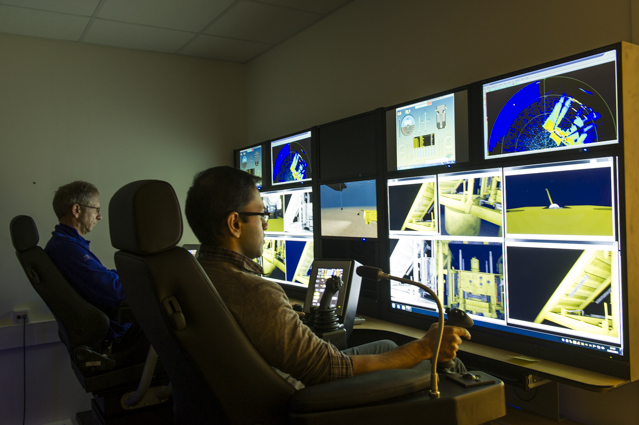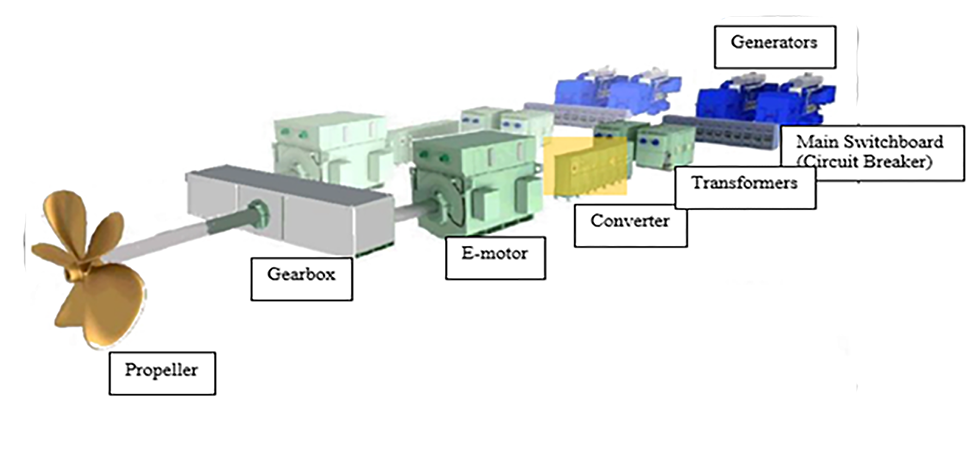
In today’s digital world it is possible to conduct most offshore operations in our advanced full-scale simulators before you go offshore. No footprint there!
A modern subsea simulator park like we have at Simsea, is an excellent arena for testing or even better; conduct a complete dry run of your operation! These full-scale integrated simulators can run most offshore operations. No footprint here!
And you personnel will be familiar with procedures, equipment, seabed and other on scene conditions when they finally reach the destination offshore. They will be on top of the situation and know that they master the challenges and have this good feeling of professional confidence in the project and in each other. Of course, such confidence is a prerequisite for efficient execution offshore!
Our facilities consist of several real ship bridges with DP, engine rooms, offshore crane, WROV, ‘shift supervisor’ desk and – the relevant field’s existing infrastructure and typography.
In these simulators, the operators have a focus on the solutions, the equipment, the procedures and the tooling on a quite different level then by getting a presentation in a meeting room: Tooling design and detailed sequence planning for the operations are tested and confirmed; contingency operations and parallel operations are identified. By joint testing of procedures and task plans you will avoid stops in the operations offshore and redesign on deck due to unforeseen challenges. Simulator tests, dry runs, etc. should be done by onshore and offshore personnel, together, reducing the cost of sending a lot of onshore based personnel onboard for many days. And not to mention: You can do your HAZID and HAZOP by doing the operation instead of talking about it in a crowded meeting room.
After such preparation’s footprint and costs will definitely be reduced.
